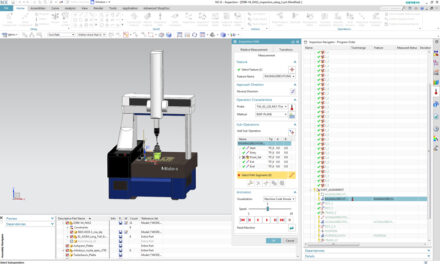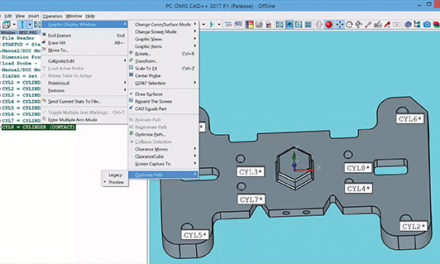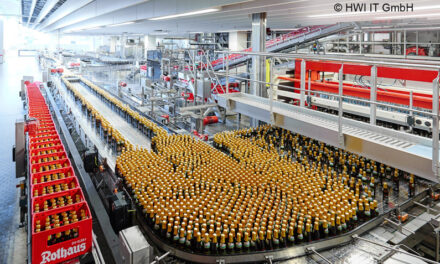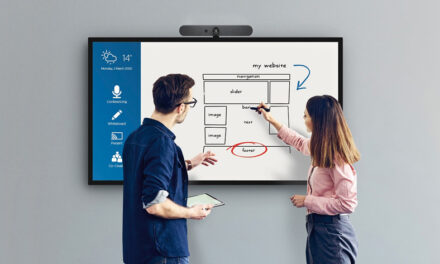
The Cha’anling-Ziaojiazhou region in China’s Zianning District is a highly developed region and home to 350,000 consumers of electricity. Historically, the region has experienced unreliable power supply, making consumer delivery unstable. Cha’anling-Ziaojiazhou is highly urban, with complex topology complicating the task of adding new power lines. Moreover, major highways that cross the region complicate the ability to add new transmission lines without impacting commercial and residential traffic. Further complicating potential improvements, the region borders the flood diversion area of the Yangtze River, meaning that potential flooding around future towers must be accounted for from the beginning. These factors mean that finding a solution to deliver improved power requires a new approach.
 The Hubei Provincial Electric Power Survey and Design Institute was tasked with designing and delivering a new 220-kilovolt transmission line to provide power for a newly constructed substation in Xiaojiazhou. This transmission line is a significant step for improving the lives of the 350,000 daily users in Jiayu County. However, the obstacles that faced the Design Institute are significant. To solve these challenges, the engineering teams began by creating a fully immersive digital twin of the affected regions using ContextCapture. Modeling the entire region, including multiple cities and highways, established an immersive digital baseline from which the design studies could be made. Leveraging Bentley’s OpenBuildings Designer, Bentley Substation, and STAAD.Pro, Hubei’s engineers created a digital engineering model of the transmission line, which could be added to and combined with the immersive digital twin to visualize the new line and identify potential obstacles and issues. Analyses of the design could be performed and optimized to ensure that the new towers were structurally sound, to minimize interference with the urban and traffic areas, and to reduce design time compared to previous methods. The resulting design, leveraging Bentley’s iModel technology, was fully deployable into a three-dimensional earth view, ensuring that multiple stakeholders could review the planned route and design.
The Hubei Provincial Electric Power Survey and Design Institute was tasked with designing and delivering a new 220-kilovolt transmission line to provide power for a newly constructed substation in Xiaojiazhou. This transmission line is a significant step for improving the lives of the 350,000 daily users in Jiayu County. However, the obstacles that faced the Design Institute are significant. To solve these challenges, the engineering teams began by creating a fully immersive digital twin of the affected regions using ContextCapture. Modeling the entire region, including multiple cities and highways, established an immersive digital baseline from which the design studies could be made. Leveraging Bentley’s OpenBuildings Designer, Bentley Substation, and STAAD.Pro, Hubei’s engineers created a digital engineering model of the transmission line, which could be added to and combined with the immersive digital twin to visualize the new line and identify potential obstacles and issues. Analyses of the design could be performed and optimized to ensure that the new towers were structurally sound, to minimize interference with the urban and traffic areas, and to reduce design time compared to previous methods. The resulting design, leveraging Bentley’s iModel technology, was fully deployable into a three-dimensional earth view, ensuring that multiple stakeholders could review the planned route and design.
Implementing a completely digital workflow combined with immersive models has paid significant dividends during the design phase. In addition to increasing online collaboration, planned design time was reduced by 12 percent, checking time by 16 percent, and planned field work by five days. The design saved six houses in the region from being demolished, while ensuring that each of the major crossing areas were optimally designed. Design optimizations resulted in savings of material costs, with the new tower designs reducing weights by 1.2 percent and the total route length decreasing by half of a kilometer.
Through increased collaboration with contractors and design departments, design reviews to reduce conflicts between towers, lines, and the environment were optimized, reducing future rework and in-field problems. Using a digital design and collaboration model, the Hubei Provincial Electric Power Survey and Design Institute realized savings of more than CNY 6 million on a CNY 32.21 million project. The Hubei Provincial Electric Power Survey and Design Institute’s transformation to a digital environment has resulted in a design that not only saves money but also improves the lives of the residents in the Xianning District while preserving the environment.
Liang Zhang, an engineer with POWERCHINA Hubei Electric Engineering Corporation Limited, said,
– The innovative use of Bentley software for the design of overhead electric transmission lines reduced design time by approximately 40 hours through multidiscipline collaboration. The full electric transmission line pole tower layout model, supported by the reality model, reduced the checking and auditing time by 32 hours. About 12 percent of the total design time and 16 percent of the checking time were reduced.






